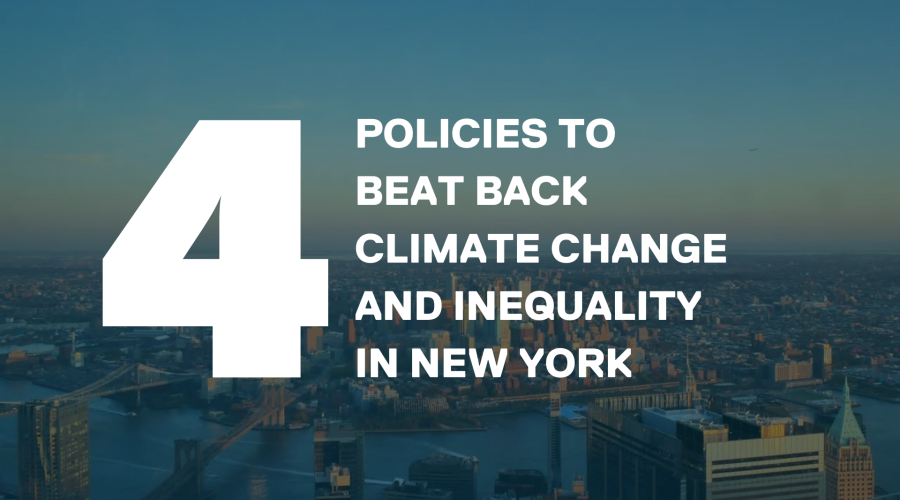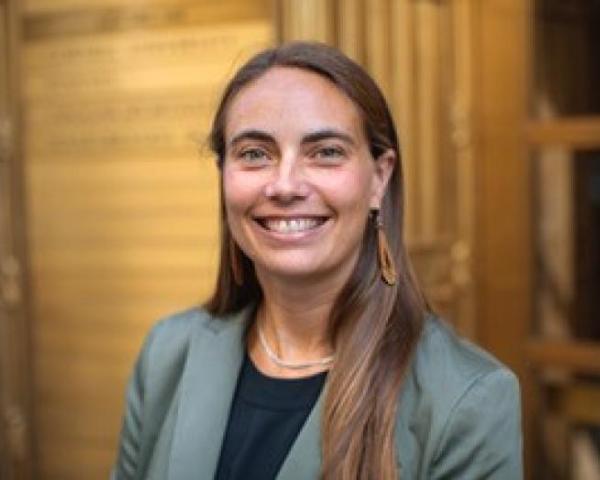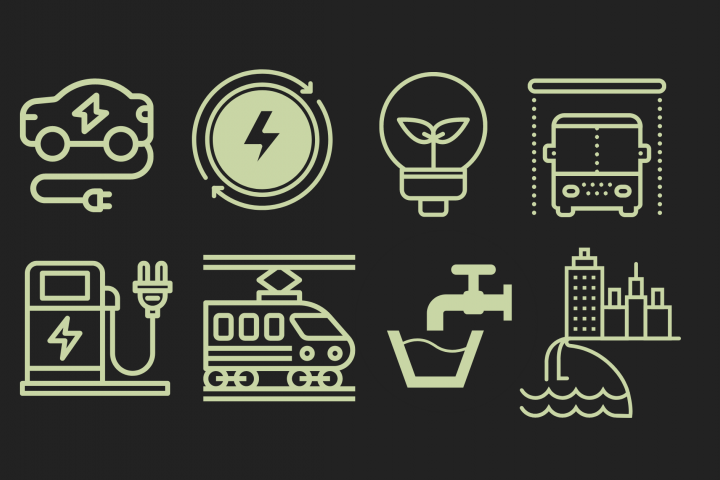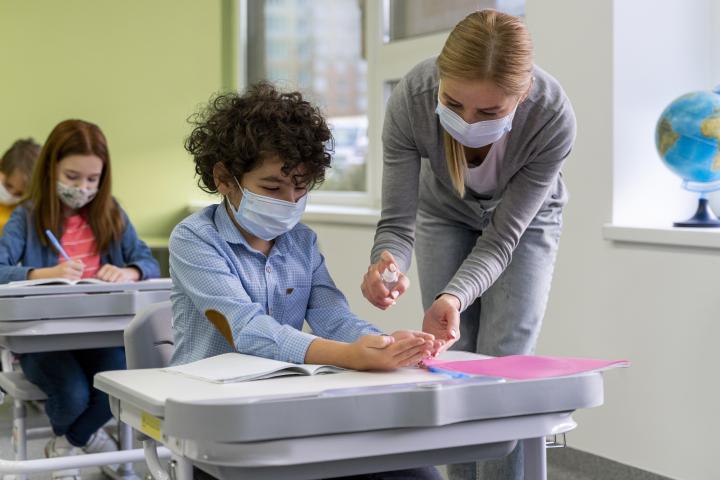
Four policy recommendations for New York State to beat back inequality and climate change
It will not be easy to tackle climate change -- but New Yorkers don’t shy away from a fight.
We are in a unique moment when our actions can have a monumental impact. New Yorkers can reduce inequality and the impact of climate change on workers through high-quality job creation in climate mitigation and adaptation. This moment will require large, strategic investments in clean energy, with strong labor standards and community benefits. This is especially true for frontline communities.
There has already been progress on this front. In 2019, New York passed the Climate Leadership and Community Protection Act, requiring science-based greenhouse gas emission reductions and investments in frontline communities and communities of color. New York was also the first state in the nation to commit to producing half of its power from offshore wind.
New York State’s 2021-2022 budget recently included labor standards and economic development provisions, such as:
- Project Labor Agreements for construction of 5MW or larger renewable energy projects
- Labor Peace Agreements for operation and maintenance work on the same projects
- Buy American/Build NY provisions to incentivize procurement of equipment and supplies in New York.
Several states, including Connecticut and Illinois, have followed New York’s lead by legislating wage and job-quality standards on clean energy work.
New York still has a long way to go.
The state’s current clean energy goals include installing 6,000MW of solar by 2025 and 9,000MW of offshore wind by 2035. To date, New York has installed only 11% of its 2025 utility-scale solar goal. New York has made more progress on offshore wind, having approved five projects totaling 4,300MW. This is the largest offshore wind pipeline in the nation, and will move New York halfway to its 9,000MW goal.
To mark Climate Week, Cornell’s Labor Leading on Climate recommends the following policy interventions for New York to meet the current moment:
- Take necessary steps to meet our ambitious climate goals, help New York State recover from the COVID-19 pandemic, and drive job creation throughout the state. As one of the largest economies in the world, New York State can play a leading role in building the large, equitable clean energy economy the state needs to address climate change and reverse inequality.
- Set local manufacturing requirements, and make investments to encourage in-state manufacturing and assembly of clean-energy products. Several countries - including Denmark, the United Kingdom, Germany, and Taiwan - have developed offshore wind manufacturing through similar measures. We can do the same.
- Make clean-energy jobs good jobs. Investment in the clean energy economy should reverse inequality, not exacerbate it. States should ensure that taxpayer dollars deliver good jobs and quality services through prevailing wage requirements, project labor agreements, community workforce agreements, labor peace and neutrality agreements, local hiring requirements, and other measures.
- Increase funding for and expand access to government-registered apprenticeship programs. To ensure that historically disadvantaged communities have expanded access to high-quality training programs, states can require a certain percentage of work-hours on clean energy projects be performed by government-registered apprentices. Targeted hire initiatives can also ensure that women, people of color, formerly-incarcerated individuals, people with disabilities, veterans, and local communities access skill-development and career-building opportunities.







